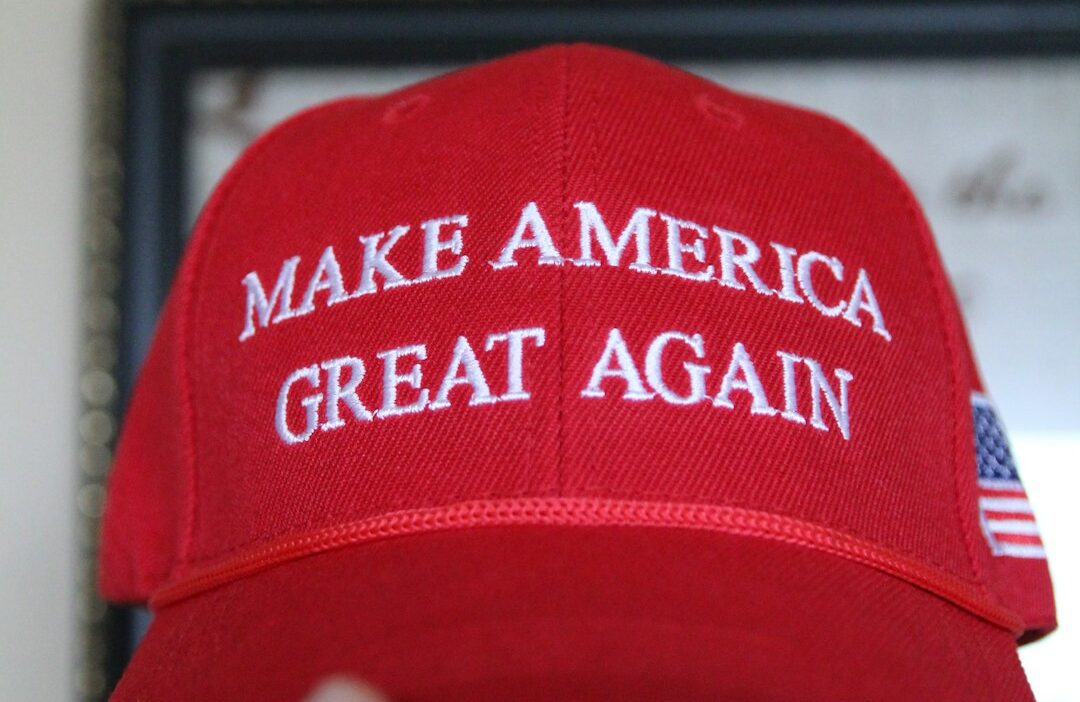**Trump Trade Tactics: A Shakeup for the Global Economy?**
The Trump administration’s aggressive approach to international trade has sent ripples through the global economy, leaving many young people wondering what it all means for their future. From imposing tariffs on steel and aluminum to renegotiating NAFTA and engaging in a trade war with China, the former president’s policies aimed to rewrite the rulebook on how countries interact commercially. But were these actions a necessary correction to unfair trade practices or a reckless gamble with global economic stability?
The rationale behind Trump’s trade policies centered on the idea that other countries were taking advantage of the U.S. through unfair trade deals and currency manipulation, leading to job losses and a decline in American manufacturing. He argued that tariffs, often described as taxes on imported goods, would level the playing field and encourage companies to bring production back to the U.S. The administration also pursued bilateral trade agreements, believing these would offer more favorable terms than multilateral deals. This approach diverged significantly from the decades-long trend toward global trade liberalization.
However, critics argued that these policies risked sparking trade wars, harming American consumers through higher prices, and disrupting global supply chains. They pointed to the negative impact on industries reliant on imported materials and the potential for retaliatory tariffs from other nations. The trade war with China, in particular, saw both countries impose tariffs on billions of dollars worth of goods, impacting everything from soybeans to electronics. While some economists argued that certain sectors benefited from the protectionist measures, the overall economic impact remains a subject of ongoing debate.
The long-term consequences of the Trump administration’s trade policies are still unfolding. The Biden administration has taken a different tack, emphasizing multilateralism and seeking to repair relationships with key trading partners. However, some of the structural changes to the global trading landscape, including the shift away from reliance on China and the increased focus on regional trade agreements, are likely to persist. For young people entering the workforce, understanding these shifts and their potential impact on various industries is crucial for navigating the evolving economic landscape.





